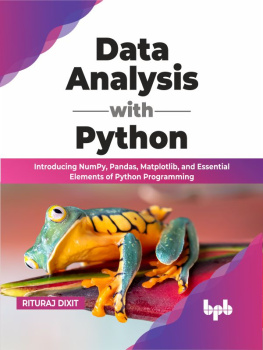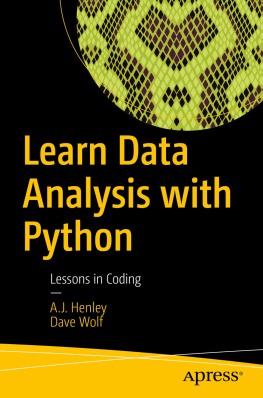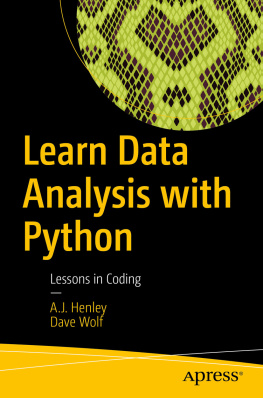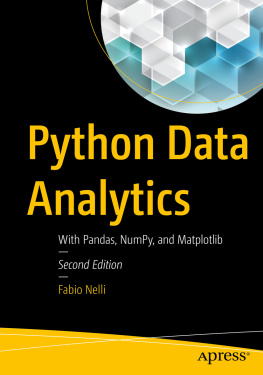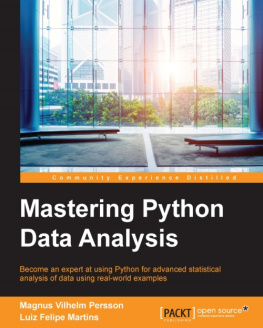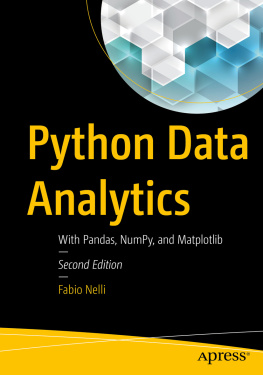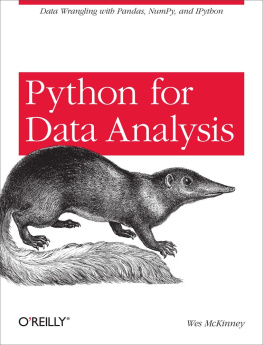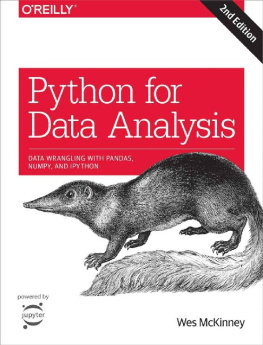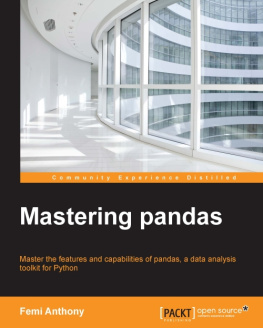Copyright 2019 - All rights reserved.
The content contained within this book may not be reproduced, duplicated or transmitted without direct written permission from the author or the publisher.
Under no circumstances will any blame or legal responsibility be held against the publisher, or author, for any damages, reparation, or monetary loss due to the information contained within this book. Either directly or indirectly.
Legal Notice:
This book is copyright protected. This book is only for personal use. You cannot amend, distribute, sell, use, quote or paraphrase any part, or the content within this book, without the consent of the author or publisher.
Disclaimer Notice:
Please note the information contained within this document is for educational and entertainment purposes only. All effort has been executed to present accurate, up to date, and reliable, complete information. No warranties of any kind are declared or implied. Readers acknowledge that the author is not engaging in the rendering of legal, financial, medical or professional advice. The content within this book has been derived from various sources. Please consult a licensed professional before attempting any techniques outlined in this book.
By reading this document, the reader agrees that under no circumstances is the author responsible for any losses, direct or indirect, which are incurred as a result of the use of information contained within this document, including, but not limited to, errors, omissions, or inaccuracies.
Introduction
Use of Python in Data Science
E ach day in the United States of America, there are more than 36,000 weather forecasts published, covering around 800 regions and cities of the country. You must have noticed that some of these forecasts prove to be incorrect, as it starts to rain in the middle of your picnic when you were expecting a bright and sunny day. This results in everyone wondering how accurate these forecasts actually are. There are websites that specialize in weather forecasts and they collect these forecasts, place them in the database, and compare them with real events encountered at the specified location on a particular day. These results are utilized by the forecasters around the country for improving forecast models that are to be used for the next prediction.
All of this collection, analysis, and reporting require a lot of heavy artillery and analytical horsepower. However, most websites such as ForecastWatch, do it all by using one programming language and that is Python. It isnt the only organization that does it. As per a survey conducted in 2013 by OReilly, a prominent industry analyst, 40% of data scientists make use of Python for their everyday work. This is in unison with several other programmers working in various fields who have settled for Python. Python has been one of the top 10 programming languages used in the world since 2013. Big companies like Google, CERN, and NASA make use of Python for all the programming purposes required in their expertise, including for data science.
Adequacy of Python for Data Science
Python is termed as a multi-paradigm language used for programming, and can be perceived as a Swiss army knife in the field of coding. It can support OOP, functional programming patterns, and structured programming, among several other things. There is a saying popularly used in the community of Python and it goes like this: Python is normally the 2nd best language for all purposes. But this isnt a knock for organizations faced with the dilemma of using the best of the breed solutions as they soon find themselves burdened with codebases that are unmaintainable and incompatible. Python is capable of handling all the jobs from data mining to website building to the running of embedded systems. It is an all-in-one programming language.
For instance, in the case of ForecastWatch, Python was utilized for writing a parser for harvesting forecasts from other sites. It is also used for an aggregate engine that compiles the data and the website code for displaying results. Actually, it was PHP which was originally utilized for building the website until the organization realized that it was a lot easier to deal with a single language for everything. Facebook also selected Python for data analysis because it was being used a great deal for other portions of the organization.
The name Python is derived from the popular rock band Monty Python. The creator of the Python programming language, Guido Van Possum, chose this name to suggest that its use would be fun. You will find many obscure Monty Python sketches, which are referenced in the code samples used in Python and those used for documentation. For these reasons, this is a cherished programming language among programmers. The data scientists with scientific or engineering backgrounds, might feel like a barber armed with an ax when they use the language for the first time for data analysis - out of place. However, the inherent simplicity and readability of Python make it comparatively easy to pick, and the quantity of devoted analytical libraries available nowadays means that data scientists in all sectors can find packages tailored for their needs, easily available on the net for downloads.
Due to the general nature of Python and its extensibility, it was inevitable that as the popularity of the language went into an orbit, its use in the field of data science became a foregone conclusion. As a matter of fact, Python is a jack of all trades program, and it isnt particularly well-suited for statistical analysis. However, several companies have invested in Python realizing the advantages of using a standardized language and extending it for those purposes.
Effectiveness of Libraries for Python
Similar to other programming languages, the main reason for the success of Python is the libraries. There are around 72,000 of them available with the PyPi (Python Package Index), and the number is rising constantly. Python is specifically designed to possess stripped-down and lightweight core, and its standard library is built by using tools that can be utilized in all programming tasks. Python comes with a, batteries included philosophy that allows its users to get down to the issue of finding solutions to problems quickly without having to go across many competing function libraries.
Whos Who of Data Science (Python and Pandas)
Python happens to be an open source and free software, and as a consequence, anybody can write a library package for extending the functionality. Data science has benefited quite a bit because of these extensions, especially Pandas, which is the biggest beneficiary of them all. Pandas is a data analysis library of Python and it is utilized for things such as importing data from Excel spreadsheets into the processing sets utilized for time-series analysis. Pandas will place almost all common data munging tools at your fingertips. It means that the fundamental cleanup with advanced manipulations is possible by using the powerful dataframes of Pandas.
Pandas is developed on the top of NumPy, which is one of the earlier libraries that were responsible for the success story of Pythons use for data science. The various functions used in NumPy are exposed by Pandas for advanced numerical analysis. In case you find the need for something more specific, the chances are that it is possible here:




